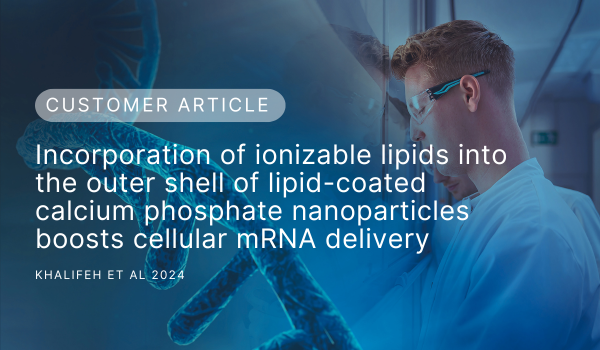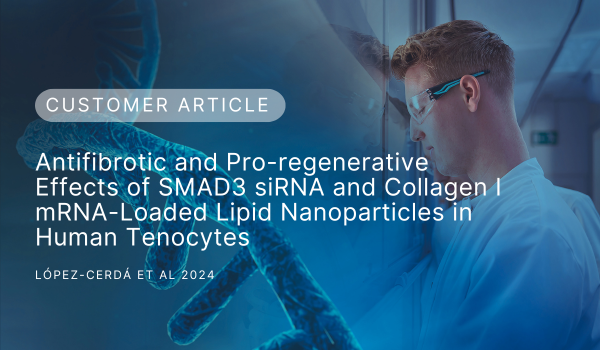Authors
Kunio Kawamura, Jean-François Lambert, Louis M. P. Ter-Ovanessian, Jacques Vergne, Guy Hervé, and Marie-Christine Maurel
Abstract
The role of minerals in the chemical evolution of RNA molecules is an important issue when considering the early stage of the Hadean Earth. In particular, the interaction between functional ribozymes and ancient minerals under simulated primitive conditions is a recent research focus. We are currently attempting to design a primitive RNA metabolic network which would function with minerals, and believe that the simulated chemical network of RNA molecules would be useful for evaluation of the chemical evolution from a simple RNA mixture to an RNA-based life-like system. First, we measured the binding interactions of oligonucleotides with four types of minerals; Aerosil silica, zirconium silicate, sepiolite, and montmorillonite. Oligonucleotides bound zirconium silicate and montmorillonite in the presence of MgCl2, and bound sepiolite both in the presence and absence of MgCl2, but they did not bind Aerosil. Based on the binding behavior, we attempted the self-cleavage reaction of the hammerhead ribozyme from an avocado viroid. This reaction was strongly inhibited by zirconium silicate, a compound regarded as mineral evidence for the existence of water. The present study suggests that the chemical evolution of functional RNA molecules requires specific conformational binding, resulting in efficient ribozyme function as well as zirconium silicate for the chemical evolution of biomolecules.



